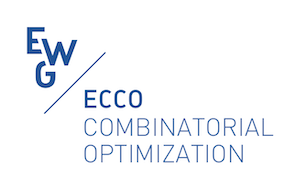G. B. Bekdaş, S. M. Nigdeli, A. E. Kayabekir
The design of reinforced concrete (RC) members involves definition of cross-section dimensions and amount of the required reinforcement to ensure regulations that propose rules to provide safety for maximum strength, ductility, and usability. These rules are defined as design constraints in optimum design and these constraints are depending on the final design. This situation makes the problem nonlinear one. In that case, metaheuristics can handle these problems by providing iteratively defined random design variables. The general objective for the problem is the cost, but environmental factors are also important. In that case, the CO2 emission in production can be handled as the objective function. In the present study, an optimization methodology for RC columns considering slenderness effects is proposed for the minimization of CO2 emission. In the optimum design, classroom-inspired metaheuristic algorithm is used to provide the optimum design. As conclusion, the results compared with the cost minimization results show that cost and CO2 emission minimization factors are oppositely related. In future research, multi-objective optimization that uses both objectives is proposed.
Keywords: CO2, metaheuristic, teaching-learning-based optimization, reinforced concrete
Scheduled
FC2 Heuristics 3
June 11, 2021 12:15 PM
2 - LV Kantorovich

